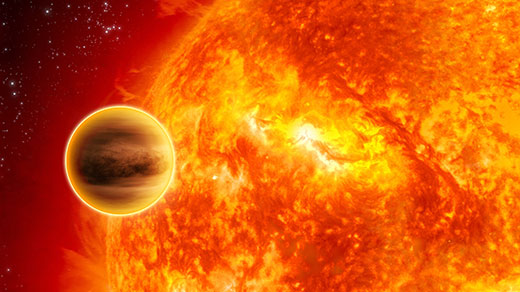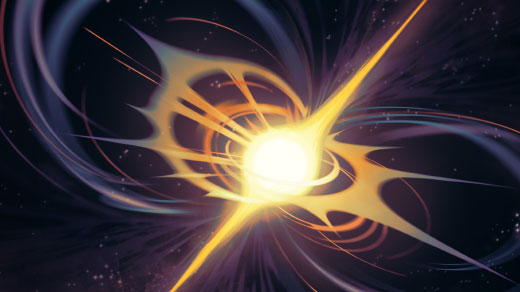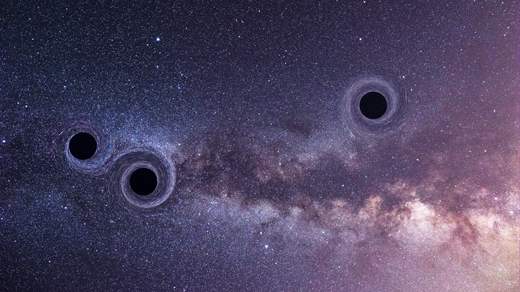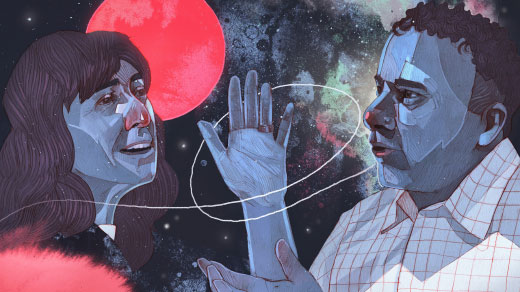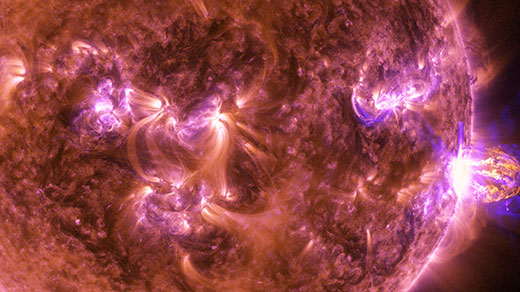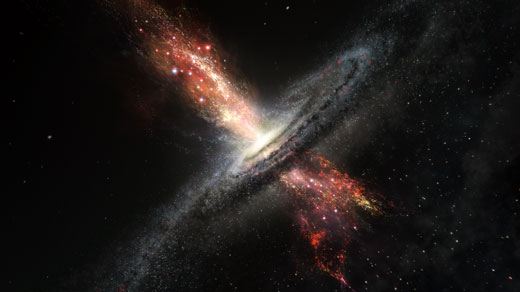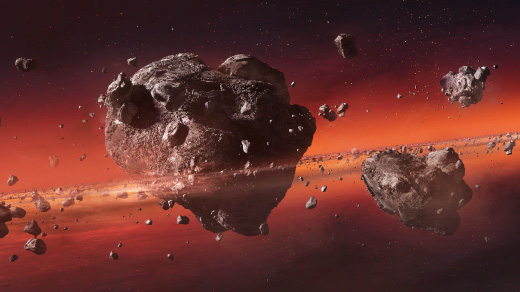What's up in
Astrophysics
Latest Articles
The Most-Magnetic Objects in the Universe Attract New Controversy
How do magnetars get so magnetic? A study of stellar explosions shows that the long-accepted theory might be wrong.
Physics Nobel Honors Early Universe and Exoplanet Discoveries
The astronomers Michel Mayor and Didier Queloz won half of the prize for their 1995 discovery of a Jupiter-like planet orbiting a nearby star. The cosmologist James Peebles won the other half for work exploring the structure of the universe.
Long-Lived Stellar Blast Kindles Hope of a Supernova We’ve Never Seen Before
A giant star’s death throes may offer the first evidence of a pair-instability supernova, and a glimpse of the first stars in the universe.
A Black Hole So Big It ‘Should Not Exist’
Researchers have confirmed rumors of a black hole collision that challenges our ideas about how black holes form.
To Make Two Black Holes Collide, Try Three
How do black holes merge and make gravitational waves? Maybe with a little help from their friends.
Cosmologists Debate How Fast the Universe Is Expanding
New measurements could upend the standard theory of the cosmos that has reigned since the discovery of dark energy 21 years ago.
Sun’s Puzzling Plasma Recreated in a Laboratory
For the first time, researchers have created a scale model of the twisting loops of the sun’s magnetic field.
Big Black Holes Found in the Smallest Galaxies
Tiny, dim “dwarf” galaxies have been found to hide gas-spewing black holes.
Wandering Space Rocks Help Solve Mysteries of Planet Formation
After an interstellar asteroid shot past the sun, scientists realized that there’s probably a lot of itinerant rocks out there.

